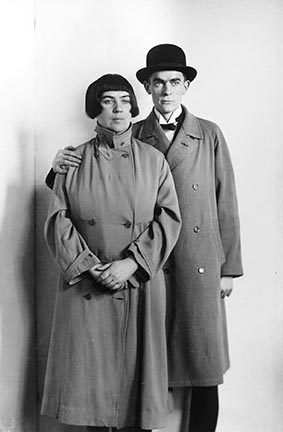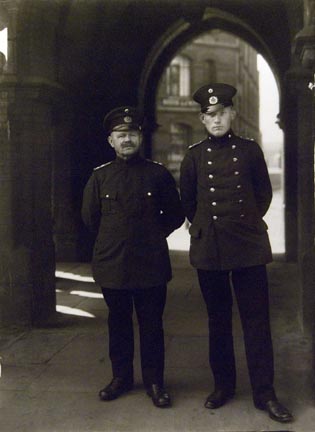About the Photographer
Sander, August
German, 1976-1964
August Sander is widely considered to be one of the most important German portrait photographers of the twentieth century. Born in 1876 into a farming and mining community east of Cologne, Sander’s early introduction to photography came in the form of an apprenticeship to a visiting landscape photographer for whom he served as a guide to the mines. By 1904, he had established his own studio in Linz. Sander would settle permanently in Cologne following his service in World War I, where throughout the 1920s he was involved in the Neue Sachlichkeit or New Objectivity movement spearheaded by painter Otto Dix.
It was during this time that Sander conceived and embarked on his most ambitious project, People of the Twentieth Century, which would occupy him for the next forty years, until his death in 1964. Intended as “a physiognomic image of an age†and a catalog of “all the characteristics of the universally human,†Sander’s work was to be a collective portrait of the German people, organized into seven categories according to the artist’s own view of the social order. Photographed uniformly in a stark and straightforward style in natural light, Sander’s subjects are divided by type: the Farmer; the Skilled Tradesman; the Woman; Classes and Professions; the Artists; the City; and, finally, the Last People, a category comprising the elderly, deformed, homeless, or unemployed.
Sander’s inclusion of the marginalized in his compendium incurred the censure of the Nationalist Socialists, who in 1936 confiscated his first book Face of Our Time, destroying all of the printing plates. By 1942, Sander’s archive included over 40,000 images. Moving from Cologne to the relative safety of the countryside, Sander took with him 10,000 negatives. The remaining 30,000 were destroyed in a bombing raid before he was able to transport them to the Westerwald.
It was only in 1986, after August Sander’s death, that his son Gunther would publish a selection of his archive using the original outline and title People of the Twentieth Century, today heralded as a photographic masterpiece.



